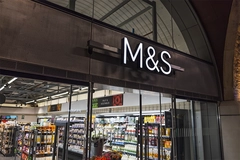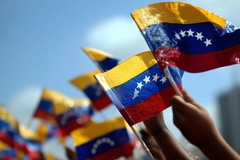
- Industry news
Industry news
- Category news
Category news
- Reports
- Key trends
- Multimedia
- Journal
- Events
- Suppliers
- Home
- Industry news
Industry news
- Category news
Category news
- Reports
- Key trends
- Multimedia
- Events
- Suppliers
EAS Releases ‘How To’ Guide for Applying Mutual Recognition Across the EU

The new mutual recognition regulation specifically obliges the EU member states to apply mutual recognition as a rule. It also reduces the national authorities’ abilities to restrict market access of products lawfully marketed in another member state.

07 Oct 2009 --- International food and nutrition policy consultancy EAS this month released the first publication in its ‘how to’ series with the focus on helping companies successfully apply mutual recognition when bringing food products into different EU markets.
The guide, titled “How to apply mutual recognition for the free trade of food products across the EU” gives an introduction to the principle of mutual recognition and clarifies the rights and obligations of both companies and EU member states according to the new mutual recognition regulation which became applicable in May this year.
The new mutual recognition regulation specifically obliges the EU member states to apply mutual recognition as a rule. It also reduces the national authorities’ abilities to restrict market access of products lawfully marketed in another member state.
The EAS guide clarifies the conditions under which EU member states can refuse to apply mutual recognition, covers the application of mutual recognition in borderline cases, and explains why the principle is not applied in many cases. It also covers the recourse for companies when mutual recognition is not applied by a member state, such as Product Contact Points (PCPs), the SOLVIT system and ways of making complaints about the non-application of mutual recognition.










